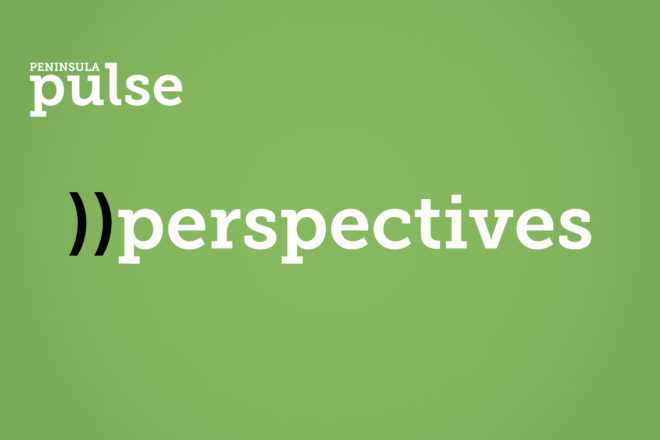Guest Column: A Fantastic Opportunity for Development Leadership
- Share
- Tweet
- Pin
- Share

by ROGER KUHNS
Jacksonport, Wisconsin and Mystic, Connecticut
The Quarry Bluff Estates (QBE) development on Bay Shore Drive, just north of Sturgeon Bay in Sevastopol, has been argued over for a number of years. But the sales of lots and soon the buildout is proceeding. The first phase involves 11 lots, with more to follow. Whether or not you support this development now seems moot. My wife and I recently visited the property and read through the plan and brochures. So let’s examine its potential – and the potential of any new developments or even retrofit projects happening on the peninsula – to make Door County a leader in far-sighted, off-grid and clean energy development – a necessary prescription for the betterment of our peninsula and our future.
First, the site is within a quarry. There is abundant building stone on site, and additional quarrying of some of the floor areas could supply all the stone needed to add attractive and architecturally appropriate stone facing on new homes at QBE. The dolomite facing would match the dolomite quarry.
Second, if the homes were constructed as one-story structures, their profile would be low such that viewscapes would be less obstructed than by the two-story structures shown in the brochures.
Third, stone-colored rooftop shingles would create a visually lower impact built environment for those living at QBE, and others in the area overlooking the quarry.
Fourth, install solar panels on the south-facing rooftops to supply clean electricity to the homes. This could be supplemented by an appropriately situated solar field with battery storage in the quarry. This offers increasingly lower cost and environmentally friendly electricity, and homeowner benefits from tax incentives.
Fifth, power wall installation in the homes (battery packs rather than gas or diesel generators) would store solar energy and give electrical power to the homes on cloudy days and at night. This is now an increasingly common installation in new and existing homes.
Sixth, avoid the use of natural gas (which is mostly methane) or propane (which is derived from natural gas), as these are greenhouse gases driving climate change and subject to increasingly stringent regulations and price fluctuations in the coming years. The use of natural gas or propane is shown to create a very poor indoor home atmosphere causing health problems, and we have seen increasingly leaky lines, pipes and storage facilities leading to explosions and death. Magnetic induction stoves are a fantastic alternative – they are safer and work more efficiently than gas.
Seventh, installation of electric vehicle charging stations.
Eighth, installation of geothermal/geoexchange and heat pumps to significantly reduce the use of energy. These systems work well in cold environments.
Finally, the ninth point is the option to use LEED (Leadership in Energy and Environmental Design) guidance for the whole home, landscaping (native species), and water systems.
All of these suggestions, applicable to any new development and some retrofit projects in Door County, fit with the environmental setting of the quarry, as well as saving money and energy, and working toward a healthy environment – all which means better human health, and help protecting the adjacent Niagara Escarpment.
These nine main suggestions may be a lot to digest, but think about it. There is a huge selling point for new and prospective home buyers because of federal and state incentives leaning toward installation of less expensive, clean solar energy rather than greenhouse gas emitting fossil fuels. They would also show that Door County can be a leader in bringing us into the future, rather than going backwards into the past.
My wife and I drive an electric car, charge it at home with our solar panels, utilize electric appliances (induction stove), and are installing power walls (battery storage) this year to run our home night and day with clean energy. Payback periods are five to seven years or less, and then you do not have a power bill (our electricity bill is currently less than $10/month). There is an upfront cost, but the short, medium and long-term benefits to home economics, human and environmental health, and a stronger market position make it very worthwhile – if not necessary.
I hope the architects and builders and property owners will consider these cost saving and cleaner-energy suggestions, and help guarantee a better future for generations to follow.



